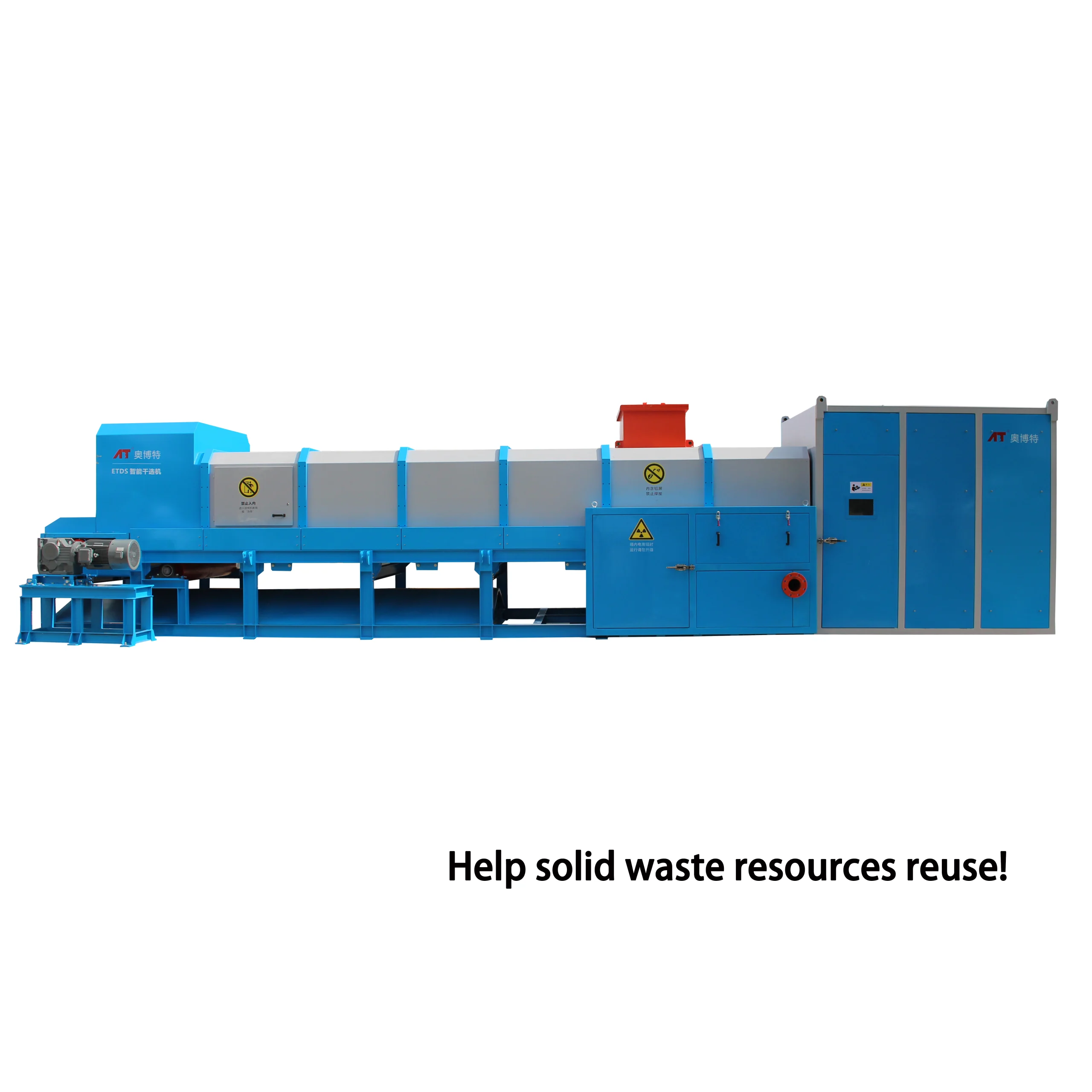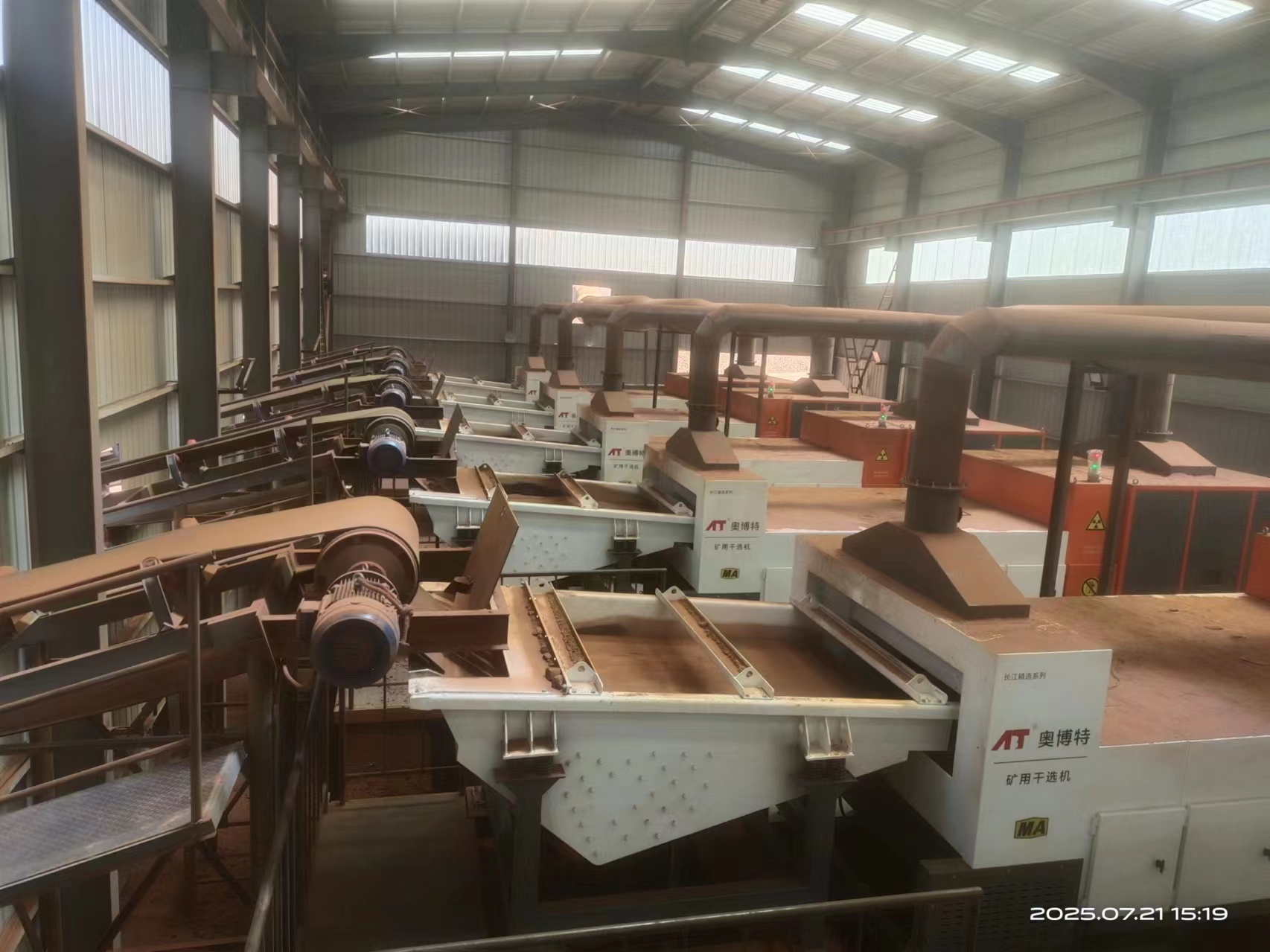Why do we need to separate non-metallic ore?
Release time: 2025-04-07
The purpose of non-metallic mineral separation is to separate useful minerals from impurities in ores through physical, chemical or biological methods to improve the purity of minerals, meet industrial needs, and achieve efficient use of resources.
Improve the quality of minerals
For example, the industrial application of non-metallic minerals such as kaolin and coal gangue has strict requirements on the purity of the ore.
Unwanted impurities can be removed through non-metallic mineral separation equipment. For example, magnetic separation equipment can effectively remove magnetic impurities, and flotation equipment can help the ore meet high purity requirements by selectively separating useful minerals and impurities.
Meeting specific industrial needs
Different industries have specific requirements for the physical and chemical properties of minerals. For example:
Kaolin used in coatings requires ultra-fine particle size <2μm and high whiteness;
Battery-grade graphite requires a fixed carbon content of ≥99.9%, and silicate minerals need to be removed by flotation.
In these applications, the selection and operation of mineral processing equipment is particularly critical.
Improve resource utilization
Low-grade ores can be economically utilized through mineral processing. For example:
Phosphate ore processing can enrich the P₂O₅ grade from 15% to more than 30%, reducing the energy consumption of fertilizer production;
The recovery of mica and feldspar in tailings can create added value.
The reasonable configuration and application of non-metallic mineral dry separators play a decisive role in improving resource recovery rates. Gravity separation equipment can efficiently separate valuable minerals, while flotation equipment shows good results in recovering useful minerals in tailings.
Removal of harmful components
Some minerals are naturally associated with harmful elements such as arsenic, cadmium, and uranium. Ore dressing can reduce environmental risks. For example:
Fluorite often coexists with sulfides, and flotation separation can reduce acid leaching pollution.
Non-metallic ore dressing equipment can effectively remove these harmful components through precise sorting, reduce the risk of environmental pollution, and provide technical support for green mining.
Reduce transportation and processing costs
Mineral processing can significantly reduce the amount of waste rock. For example:
The grade of bentonite ore is about 60%, and the content of montmorillonite after purification is >90%, and the transportation volume is reduced by more than 30%.
This improvement in mineral quality is directly due to the application of advanced mineral processing equipment. The efficient sorting of the equipment can greatly improve the grade of the ore, reduce the transportation of useless minerals, and thus reduce the overall processing cost.
Adapt to complex ore properties
Parallelized minerals (such as graphite and mica, quartz and feldspar) need to be separated by a combined process. For example:
Flake graphite adopts grinding-flotation-chemical purification process to obtain 99.99% ultra-high purity products.
In the process of sorting complex ores, advanced non-metallic mineral separation equipment uses grinding, flotation, chemical purification and other methods to achieve efficient sorting and improve mineral quality.
Through mineral processing, the economic value of non-metallic minerals can be increased by 3-10 times, while reducing downstream processing energy consumption. The role of non-metallic mineral processing equipment in ore sorting cannot be underestimated. It not only improves the utilization efficiency of mineral resources, but also lays the foundation for circular economy and green mining.


